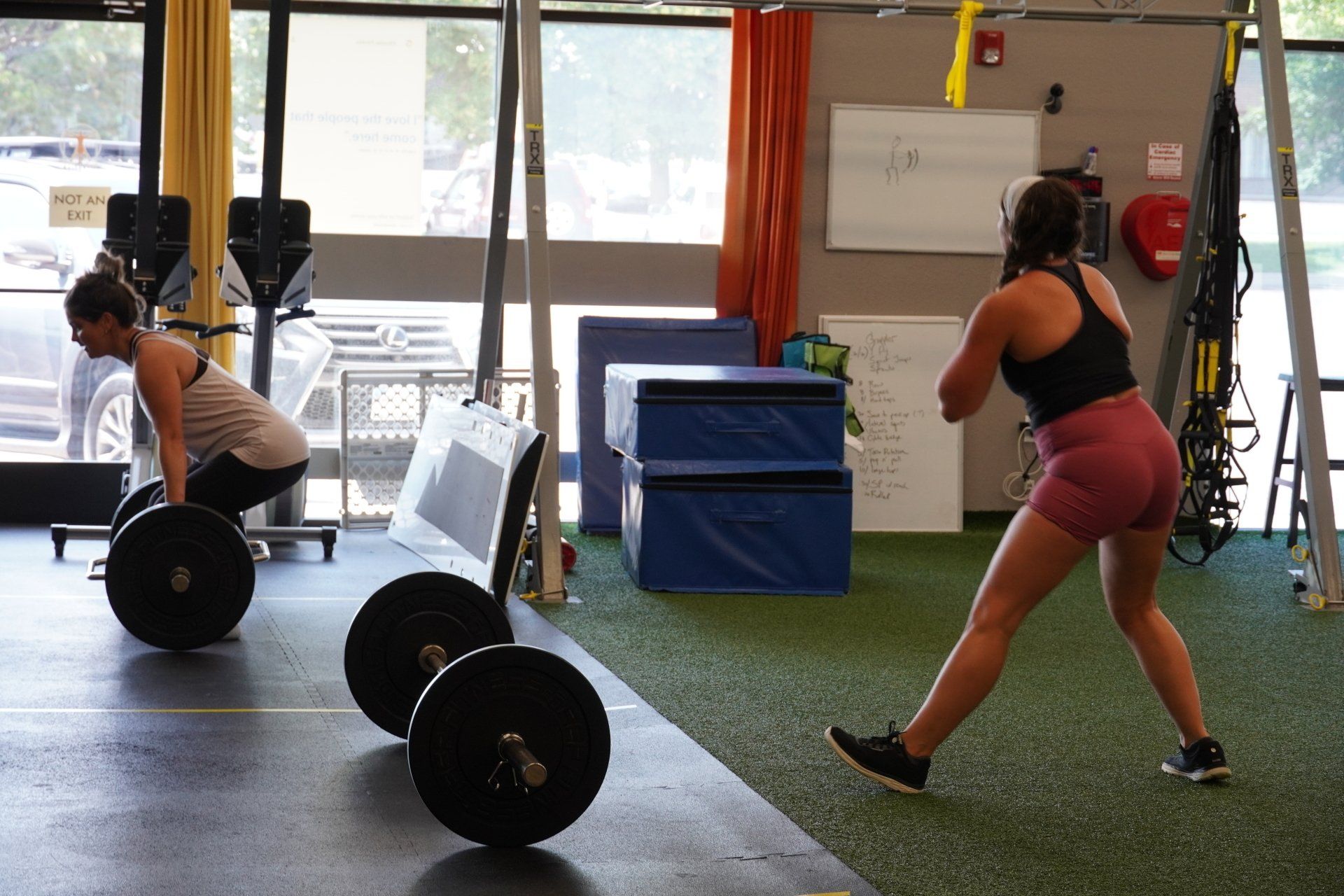Fitspiration vs. Travel Images
Fitspiration: you’ve seen it. It’s all over your social media feeds. Pictures of hot bodies with words designed to inspire you to be awesome or work hard or eat right or something important like that. Got an image in mind?
The Bocca della Verità (The Mouth of Truth) is located in the Basilica of Santa Maria in Cosmedin in Rome, Italy. Folklore has it that those who stick their hand in the mouth will have their fingers bitten off if they tell a lie. It was featured famously in the 1953 film Roman Holiday. Wouldn’t you love to get certain people to put their hands in the mouth and then repeat some of the nonsense we’re hearing these days?
The reason we bring this up, you may ask, is that it’s speculated that “Fitspo” has a negative impact on body image compared with travel images. So, here’s a nice travel picture for you. Doesn’t that make you feel good?!
Here’s the abstract:
Fitspiration is an online trend designed to inspire viewers towards a healthier lifestyle by promoting exercise and healthy food. The present study aimed to experimentally investigate the impact of fitspiration images on women’s body image. Participants were 130 female undergraduate students who were randomly assigned to view either a set of Instagram fitspiration images or a control set of travel images presented on an iPad. Results showed that acute exposure to fitspiration images led to increased negative mood and body dissatisfaction and decreased state appearance self-esteem relative to travel images. Importantly, regression analyses showed that the effects of image type were mediated by state appearance comparison. Thus it was concluded that fitspiration can have negative unintended consequences for body image. The results offer support to general sociocultural models of media effects on body image, and extend these to “new” media.
Year-End and New Year’s Marketing Blitz
You may have noticed that the advertising that we’ve been getting bombarded with has shifted from holiday gift-giving to year-end deals and new year’s resolutions. The fitness and weight-loss machine is moving full-steam ahead for the next 30 days. Watch out!
By capitalizing on guilt, low self-esteem and the desire for a quick fix, there are businesses that are going to try to get you to join their gym, do their 21-Day Cleanse / Challenge, drink their shakes, take their pills and eat their special diets. Sound harsh? It is. We’re talking about a $20 billion per year business.
And you’ll get the promise of a quick fix but likely, the only thing that will lose any weight is your wallet.
I’m here to tell you, IF you have something that needs fixing, the solution comes from within you. Yes, you’ll need to play hard. Yes, you’ll need to eat well. And yes, you’ll also need to figure out how to be happy. But it’s a lifestyle and a lifelong commitment to yourself. It ain’t gonna happen in 21 days.
For nutrition, my go-to resources are Julia Bresner and these 3 books:
- Foodist by Darya Pino Rose
- What to Eat by Marion Nestle
- Food Rules: An Eater’s Manual by Michael Pollan
These 3 titles should give you an abundance of information, inspiration and ammunition to change your life from the inside out. Combine that with the amazing exercise and community we have at Vitruvian Fitness, and you’re on your way to finding your way. Can I get an AMEN?!
Check out our Holiday BOGO on Intro Offers! You’ll be happy about yourself.
You might also enjoy these posts . . .








